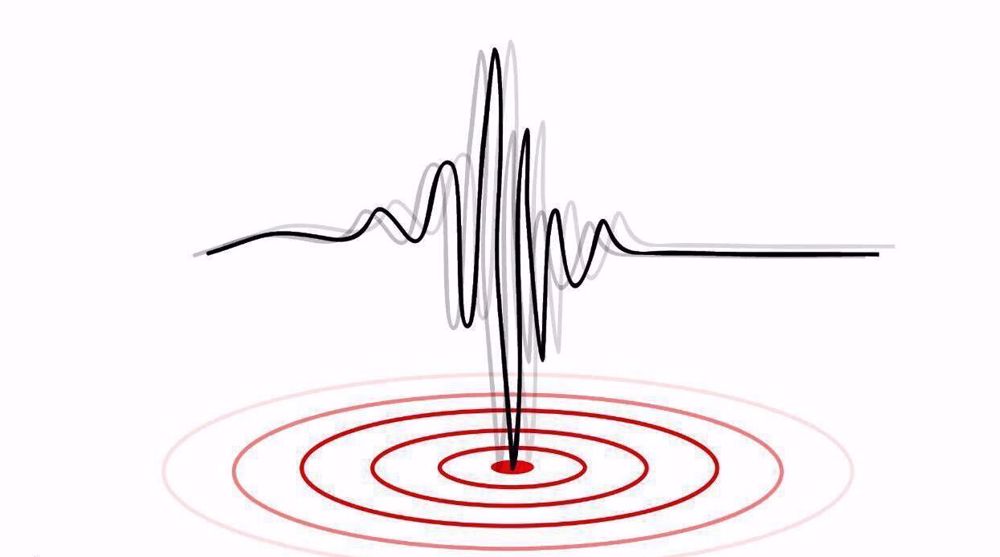Bigger storms to arrive with global warming: Study
Global warming will lead to conditions where gradually strong storms become stronger and weak storms become weaker, a study says.
Despite the deleterious effects of global warming on the Earth’s climate, there will not be a change in the cumulative result of the number of storms, atmospheric physicists said in a study published in Science this week.
“We know that with global warming we'll get more evaporation of the oceans… But circulation in the atmosphere is like a heat engine that requires fuel to do work, just like any combustion engine or a convection engine,” said research associate at the University of Toronto, Frederic Laliberte, who is also the lead author of the study.
He likened the atmosphere to a heat engine that picks up water near the surface of the Earth. As surface air gets heated by the Sun, more water is picked up.
Water evaporation is then moved closer to the Equator where condensation occurs and heat it released, the study explained, adding that enough heat will make conditions produce a thunderstorm.
The overall output of this engine is the amount of heat and moisture that is redistributed between the Equator and the North and South Poles.
“We used these laws [of thermodynamics] to quantify how the increase in water vapor that would result from global warming would influence the strength of the atmospheric circulation,” Laliberte said.
Scientists concluded that an increase in water vapor makes the engine less reliable and limits the strength of atmospheric circulation.
“Put more simply, powerful storms are strengthened at the expense of weaker storms… We believe atmospheric circulation will adapt to this less efficient form of heat transfer and we will see either fewer storms overall or at least a weakening of the most common, weaker storms,” Laliberte concluded.
GMA/NN
VIDEO | Press TV's news headlines
Iran says Christmas opportunity to remind ourselves of Jesus Christ call for 'justice, peace'
VIDEO | Eyewitness video shows moment of plane crash in Kazakhstan
VIDEO | Lebanese Christians celebrate Christmas over ruins
Iran FM: ‘Too early’ to predict Syria’s future for those thinking ‘victories’ achieved
The big role of steel industry in Iran’s development
Yemen fires second hypersonic missile at Israeli targets in as many days
UK suspends 6,500 Syrian asylum claims after Assad's fall










 This makes it easy to access the Press TV website
This makes it easy to access the Press TV website